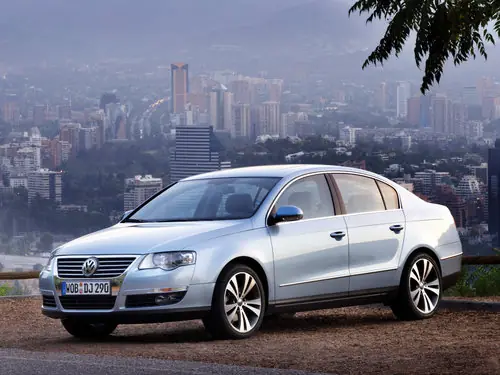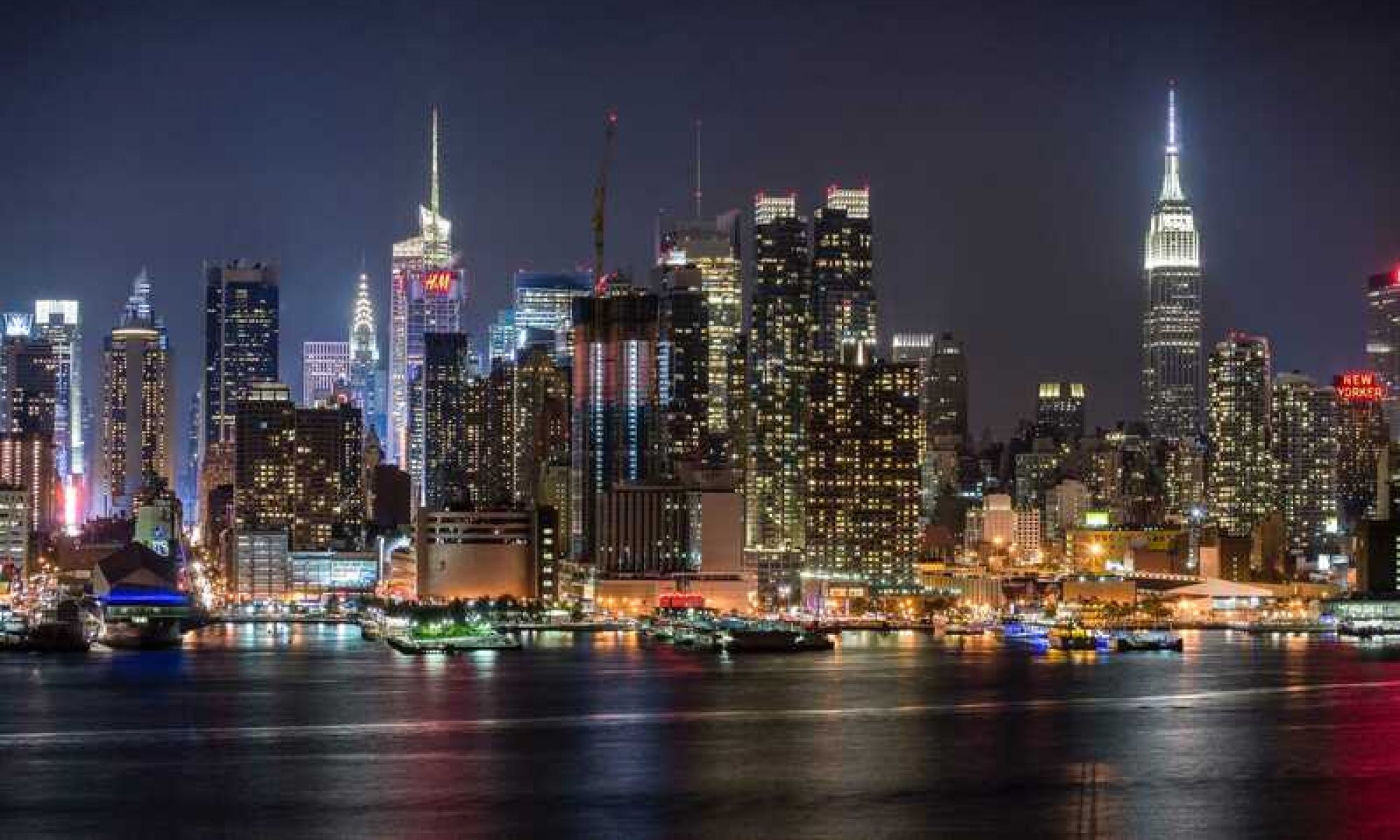2006 volkswagen passat

The origin of the brand dates back to the early 30s, when the German auto industry offered mainly luxury models, and the average German could not afford to buy anything other than a motorcycle. In an effort to occupy an empty segment, automakers were developing in the field of creating a mass car, among which were the Mercedes 170H, Adler AutoBahn, Steyr 55, Hanomag 1.3 and others.
Ferdinand Porsche, a well-known designer of performance and racing cars, worked for many years on the design of a small vehicle that would be suitable for most Germans as a family car. At the time, small cars were stripped-down big cars, but Porsche wanted to build a new design from scratch.
In 1931, he created such a car and named it Volksauto, from the word “volk” – the people. Many of the ideas used by Porsche in the development of the car were “in the air” and were also used by other automakers, and some of the developments were unique. The car was equipped with a rear-mounted air-cooled engine, torsion bar suspension and a rounded body shape resembling a beetle, which improved aerodynamics.
In 1933, Adolf Hitler demanded a cheap car capable of carrying two adults and three children, which could accelerate to 100 km/h. He wanted cars to be as affordable in Germany as they were in the US, so the price should not exceed 990 Reichsmarks (about $396).
Despite the pressure, it soon became clear that privately owned companies could not produce cars for a retail price of 990 Reichsmarks. Then Hitler decided to sponsor the construction of a new state-owned enterprise and assemble cars there using the designs of Ferdinand Porsche with some design restrictions. https://cars45.ug/listing/volkswagen/passat/2006
On May 28, 1937, the Gesellschaft zur Vorbereitung des Deutschen Volkswagens mbH was created, which on September 16, 1938 was renamed Volkswagenwerk GmbH.
While the plant was being built, trial batches of KDF-Wagens were assembled at Daimler-Benz enterprises. The final version turned out to be a model with a reinforced flat bottom that replaced the frame, a four-cylinder boxer engine with a volume of 985 cm3. and independent torsion bar suspension on all wheels.
On May 26, 1938, the construction of a new factory began in Wolfsburg. Before the start of the war in 1939, only a few cars were assembled. With the outbreak of hostilities, production was redeveloped for the production of military vehicles, for example, such as the Kübelwagen (“pelvis car”).
He received an open four-door body with flat panels, a rear wheel gear, an inter-wheel self-locking differential, an independent suspension of all wheels, a ground clearance of 290 mm and 16-inch wheels. From March 1943, it was equipped with a 25-horsepower 1130 cc engine. The air-cooled engine worked stably in all climatic conditions. The car was not afraid of bullets due to the lack of a radiator. The maximum speed was 80 km / h.
As was customary throughout Nazi Germany, unpaid prisoner labor was used in the Volkswagen factories during the war. The company admitted in 1998 that it was using about 15,000 slaves at the time. In this regard, Volkswagen has set up a voluntary restitution fund.
After the war, the company’s factories were badly damaged as a result of the bombing and fell into the occupation zone of the British. They organized the repair and maintenance of military equipment at the remaining facilities. The enterprise had to be destroyed, since it was engaged in the production of military products and used slave labor. However, one of the officers of the British army drew a civilian car produced at the enterprise and showed it at the headquarters of the British army. Thanks to this, the British government placed an order for 20,000 cars, and the assembly started.
By 1946, the plant was producing 1,000 cars a month, which was a wonderful achievement considering it was still in disrepair. The fate of the plant remained unclear for a long time. He was visited by the head of the British automaker Rootes Group, William Roots, who said that the Beetle will last another two years at most. He described the car as “too ugly and too noisy”. Ironically, this model was assembled at the Rootes factories in Argentina in the 80s, when the company was already bankrupt.
In 1948, Volkswagen becomes a symbol of the rebuilding of Germany. Its lineup was expanded with the Volkswagen Type 2 commercial vehicle, with a rear-mounted 1100cc air-cooled engine. In 1965, the brand released a version with a load capacity of 1000 kg instead of 750 kg, and then replaced the 1.2-liter engine with a 1.5-liter one.
2006 volkswagen passat
2006 volkswagen passat

The origin of the brand dates back to the early 30s, when the German auto industry offered mainly luxury models, and the average German could not afford to buy anything other than a motorcycle. In an effort to occupy an empty segment, automakers were developing in the field of creating a mass car, among which were the Mercedes 170H, Adler AutoBahn, Steyr 55, Hanomag 1.3 and others.
Ferdinand Porsche, a well-known designer of performance and racing cars, worked for many years on the design of a small vehicle that would be suitable for most Germans as a family car. At the time, small cars were stripped-down big cars, but Porsche wanted to build a new design from scratch.
In 1931, he created such a car and named it Volksauto, from the word “volk” – the people. Many of the ideas used by Porsche in the development of the car were “in the air” and were also used by other automakers, and some of the developments were unique. The car was equipped with a rear-mounted air-cooled engine, torsion bar suspension and a rounded body shape resembling a beetle, which improved aerodynamics.
In 1933, Adolf Hitler demanded a cheap car capable of carrying two adults and three children, which could accelerate to 100 km/h. He wanted cars to be as affordable in Germany as they were in the US, so the price should not exceed 990 Reichsmarks (about $396).
Despite the pressure, it soon became clear that privately owned companies could not produce cars for a retail price of 990 Reichsmarks. Then Hitler decided to sponsor the construction of a new state-owned enterprise and assemble cars there using the designs of Ferdinand Porsche with some design restrictions. https://cars45.ug/listing/volkswagen/passat/2006
On May 28, 1937, the Gesellschaft zur Vorbereitung des Deutschen Volkswagens mbH was created, which on September 16, 1938 was renamed Volkswagenwerk GmbH.
While the plant was being built, trial batches of KDF-Wagens were assembled at Daimler-Benz enterprises. The final version turned out to be a model with a reinforced flat bottom that replaced the frame, a four-cylinder boxer engine with a volume of 985 cm3. and independent torsion bar suspension on all wheels.
On May 26, 1938, the construction of a new factory began in Wolfsburg. Before the start of the war in 1939, only a few cars were assembled. With the outbreak of hostilities, production was redeveloped for the production of military vehicles, for example, such as the Kübelwagen (“pelvis car”).
He received an open four-door body with flat panels, a rear wheel gear, an inter-wheel self-locking differential, an independent suspension of all wheels, a ground clearance of 290 mm and 16-inch wheels. From March 1943, it was equipped with a 25-horsepower 1130 cc engine. The air-cooled engine worked stably in all climatic conditions. The car was not afraid of bullets due to the lack of a radiator. The maximum speed was 80 km / h.
As was customary throughout Nazi Germany, unpaid prisoner labor was used in the Volkswagen factories during the war. The company admitted in 1998 that it was using about 15,000 slaves at the time. In this regard, Volkswagen has set up a voluntary restitution fund.
After the war, the company’s factories were badly damaged as a result of the bombing and fell into the occupation zone of the British. They organized the repair and maintenance of military equipment at the remaining facilities. The enterprise had to be destroyed, since it was engaged in the production of military products and used slave labor. However, one of the officers of the British army drew a civilian car produced at the enterprise and showed it at the headquarters of the British army. Thanks to this, the British government placed an order for 20,000 cars, and the assembly started.
By 1946, the plant was producing 1,000 cars a month, which was a wonderful achievement considering it was still in disrepair. The fate of the plant remained unclear for a long time. He was visited by the head of the British automaker Rootes Group, William Roots, who said that the Beetle will last another two years at most. He described the car as “too ugly and too noisy”. Ironically, this model was assembled at the Rootes factories in Argentina in the 80s, when the company was already bankrupt.
In 1948, Volkswagen becomes a symbol of the rebuilding of Germany. Its lineup was expanded with the Volkswagen Type 2 commercial vehicle, with a rear-mounted 1100cc air-cooled engine. In 1965, the brand released a version with a load capacity of 1000 kg instead of 750 kg, and then replaced the 1.2-liter engine with a 1.5-liter one.
